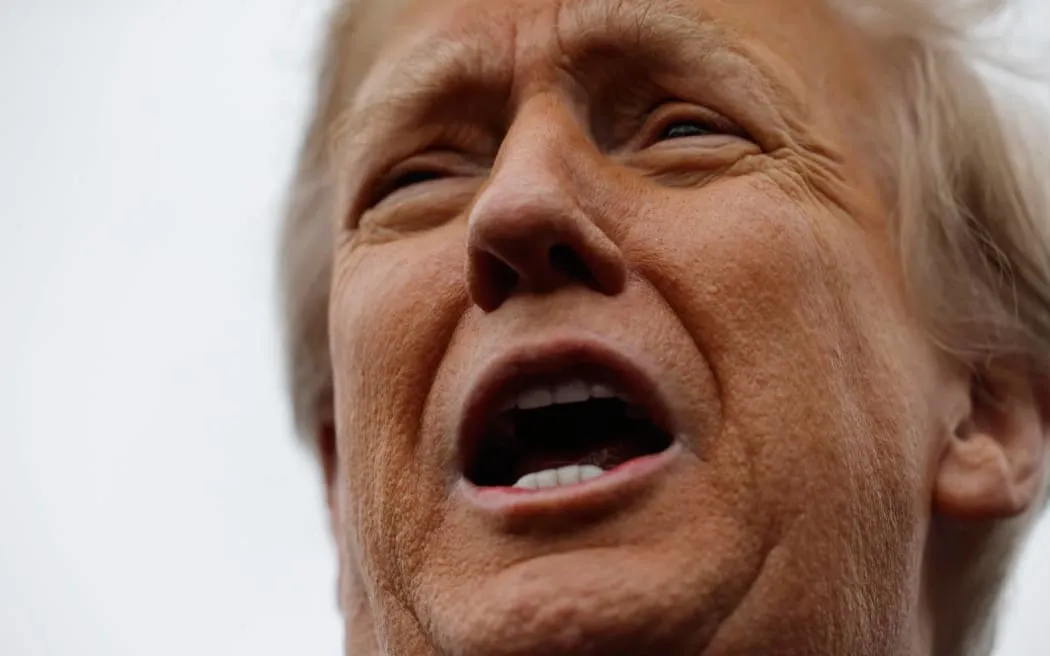The Pacific Islands Under Trump’s Second Term: What’s in Store?
The recent congratulatory messages from the Marshall Islands President Hilda Heine, FSM President Wesley Simina, and other Pacific island leaders to President Joe Biden reflect a renewed emphasis on regional cooperation and partnership. However, with Trump set to return to the White House, the region is bracing itself for significant changes in Washington’s strategic approaches.
**A Shift in Focus**
Michael Walsh, a visiting researcher at the Lasky Center for Transatlantic Studies at LMU Munich, predicts “significant changes” in Washington’s strategic approaches in the Pacific islands region under Trump’s second term. According to Walsh, the Biden administration failed to make strategic choices that reflect the importance of self-reliance and good governance by regional actors.
“One of the chief concerns is that the Biden administration sidestepped the importance of much stronger management and oversight systems for U.S. aid, trade, and investment throughout the COFA renegotiations,” Walsh said. “Some regional experts claim that the Biden administration failed to make strategic choices that reflect the importance of self-reliance and good governance by regional actors.”
**A New Fiscal Policy**
While the Pacific island region’s role in the U.S. military’s power projection may remain unchanged, Trump’s new fiscal policy is subject to guesswork. In 2018, Trump attempted to cut by 18 percent the budget for Guam, the Northern Marianas, American Samoa, and the freely associated states.
**A Strategic Location**
The US-based Heritage Foundation recommended that Washington pump more money into the region, noting that the Pacific islands occupy a pivotal location that is important to US efforts to “deny China’s regional hegemonic ambitions.” According to Harding, they straddle the shipping lanes that carry the majority of global trade, span vast areas of the Pacific’s fishing grounds, gas fields, and possible sea floor mineral riches.
**A Different Approach**
The Pacific Partnership Strategy has been criticized for not striking a proper balance between American prosperity and regional security. Walsh argued that the Biden administration failed to make strategic choices that reflect the importance of self-reliance and good governance by regional actors.
“I expect the incoming administration to take a hard look at how it can better advance American and Pacific islanders’ prosperity in Pacific affairs,” Walsh said. “That will likely include taking a hard look at revising existing agreements, footprints, and programs across the U.S. Pacific territories, freely associated states, and other Pacific island countries.”
**Conclusion**
As Trump prepares to return to the White House, the Pacific islands region is bracing itself for significant changes in Washington’s strategic approaches. While some experts predict a shift towards greater self-reliance and good governance, others warn of increased competition for influence and resources.
One thing is certain: the Pacific island nations will remain pawns in the game of great power competition, and their role in U.S. military power projection will likely continue to evolve. As Walsh noted, “I think what we’re going to see in part two is an acceleration of great power competition throughout the Indo-Pacific, unfortunately, are going to continue to get swept up in that.”

0 Comments